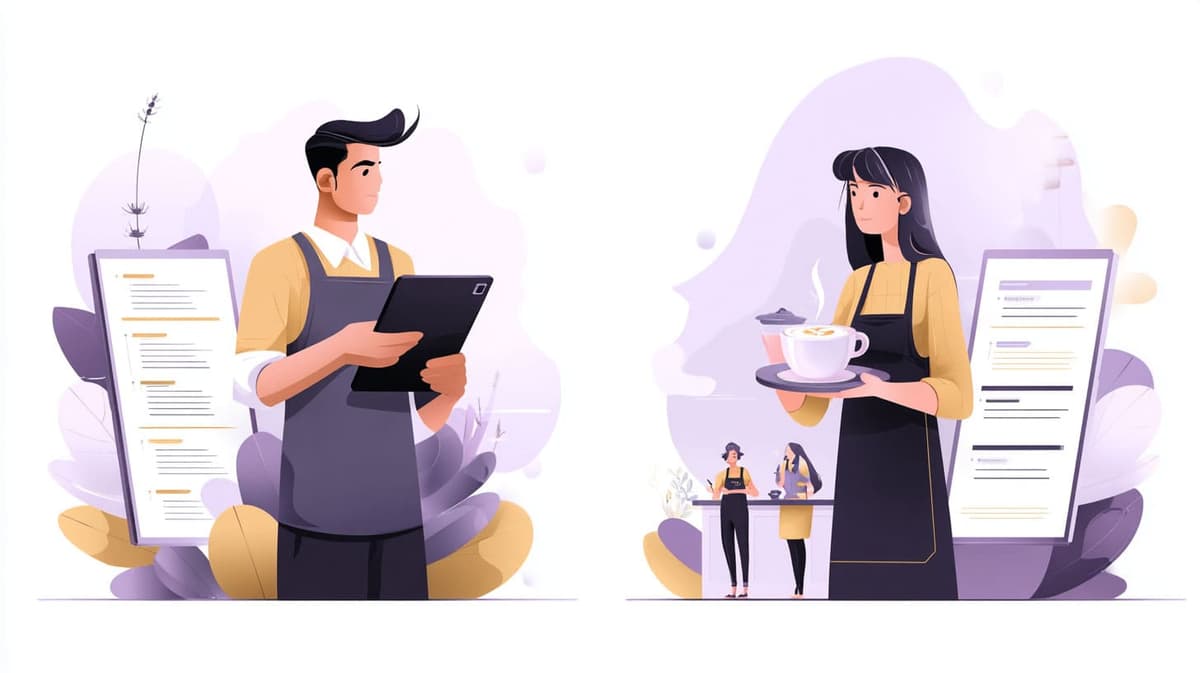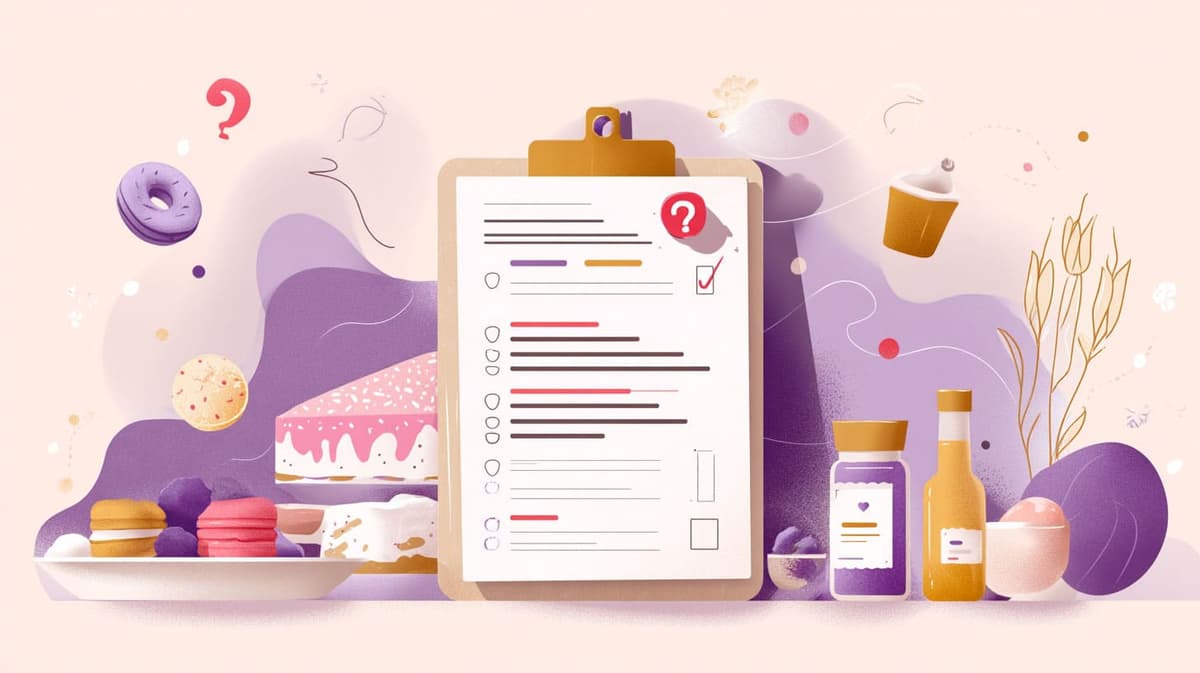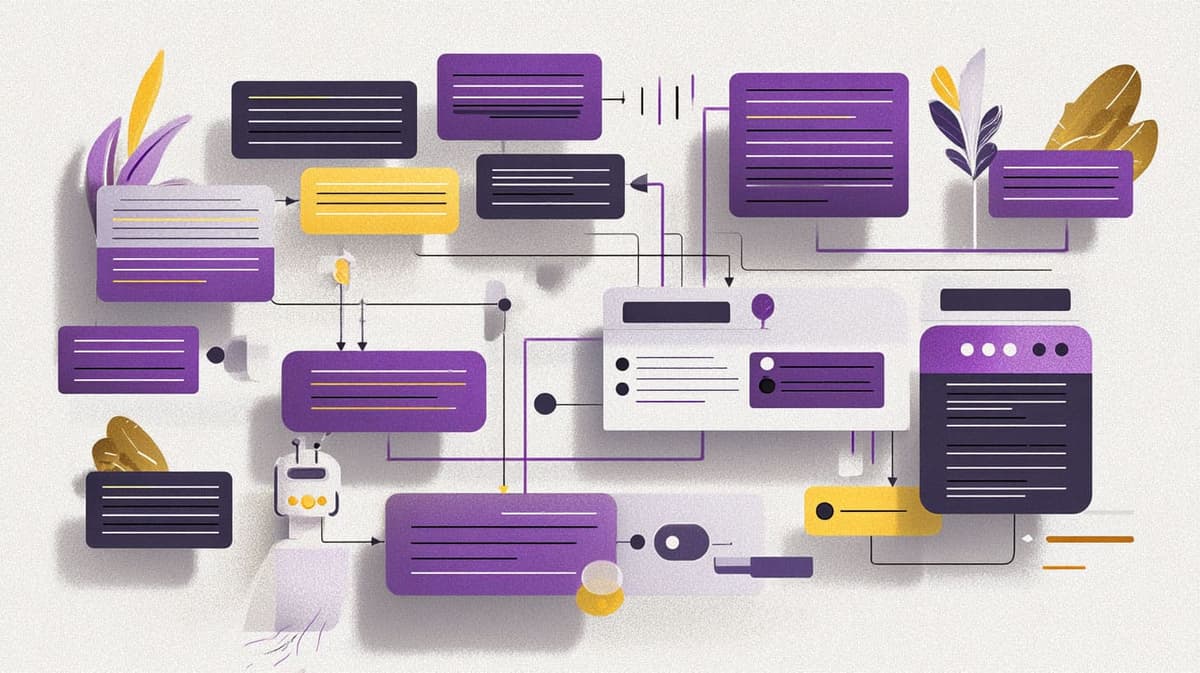
Remember that feeling when your phone rings at 11 PM with a customer question you could answer in your sleep? Or watching potential customers bounce from your website because no one's there to answer their "quick question" at 2 AM?
Here's the thing: You don't need a 24/7 support team anymore. You need a tireless digital assistant who never takes coffee breaks, never calls in sick, and actually enjoys answering the same question 500 times.
Today, you're going to build one. In about 30 minutes. Without writing a single line of code. It's time to start unlocking AI development for your business.
What You'll Actually Build Today

Let's set expectations straight. You're not creating the next ChatGPT (that's a different conversation). You're building something better for your specific needs: a focused, friendly chatbot that knows your business inside and out.
Think of it like teaching a new barista your coffee shop's menu. They won't compose poetry or solve calculus, but they'll nail every order and remember that Mrs. Johnson always wants oat milk.
By the end of this guide, your chatbot will:
- Answer common questions instantly
- Collect customer information smoothly
- Hand off complex issues to humans gracefully
- Work 24/7 without overtime pay
Quick Win Alert: Most people see results immediately. According to Tidio's research, businesses report an average 1,275% ROI from chatbots. That's not a typo.
Step 1: Choose Your Chatbot's Home
First decision: Where will your digital assistant live? The good news is you don't need to build the house—just pick one.
For beginners, I recommend Voiceflow. It's free to start, visual (think digital LEGO blocks), and you can have something working in minutes. Plus, their free tier gives you 50 knowledge sources and 100,000 AI tokens monthly. That's enough to handle hundreds of conversations.
Other solid options:
- Chatbase: Upload your website or documents, instant chatbot. Perfect if you have existing FAQs.
- ManyChat: Great for social media (Facebook, Instagram, WhatsApp)
- Botpress: More advanced, but powerful if you need multiple integrations
Pro tip: Start with Voiceflow's free tier. You can always migrate later when you're serving thousands of customers (good problem to have).
Step 2: Map Your Chatbot's Brain

Before diving into the builder, grab a piece of paper. Seriously. You need to map what your chatbot knows.
Write down:
- Top 5 questions customers ask repeatedly
- Information you need from visitors (name, email, specific needs)
- Red flags that need human intervention
Here's what mine looked like for a fictional bakery:
- Questions: Hours? Gluten-free options? Custom cake pricing? Delivery? Today's specials?
- Information needed: Contact details, order type, dietary restrictions
- Human handoff triggers: Complaints, custom orders over $200, catering requests
This becomes your chatbot's curriculum. Just like our prompt engineering basics guide teaches, clarity in equals clarity out.
Step 3: Build Your Conversation Flows

Now for the fun part. Open Voiceflow and create your first project. You'll see a canvas that looks like a flowchart tool. That's exactly what it is.
Each conversation is a path through this flowchart. Users say something, your bot responds, and the conversation branches based on their answer. It's like those "choose your own adventure" books, except useful.
Start with your simplest flow:
- Drag a "Text" block onto the canvas
- Type your greeting: "Hi! I'm Baker Bot. How can I help you today?"
- Add "Choice" blocks for common questions
- Connect them with lines
Quick Win: Create just ONE complete flow first. Get it working perfectly before adding complexity. A chatbot that does one thing well beats one that does ten things poorly.
Your first flow might look like:
- Bot: "Hi! How can I help?"
- User choices: "Check hours" / "See menu" / "Place order"
- Bot responds based on choice
- End with: "Anything else I can help with?"
That's it. You've just programmed AI behavior without code. This is getting into agentic AI territory—your bot makes decisions based on context.
Step 4: Teach Your Bot Your Business
Time to make your chatbot actually useful. This is where most people get it wrong—they either overstuff their bot with information or leave it clueless.
In Voiceflow's Knowledge Base section:
- Add your FAQs - Copy and paste them directly
- Upload documents - Menus, policies, product sheets
- Set up responses - Write how you'd actually talk to customers
The magic here? Modern platforms use AI to understand intent, not just keywords. Someone asking "R U open?" gets the same answer as "What are your business hours?"
Statistical Reality Check: 60% of B2B companies already use chatbots. While you're reading this, your competitors might be automating their way to better margins.
Step 5: Train Your Digital Employee
Your chatbot needs practice, just like any new hire. The difference? This one learns at the speed of light.
Testing methodology:
- Act like a confused customer - Misspell things, be vague
- Try to break it - Ask weird questions, change topics suddenly
- Test edge cases - What if someone speaks another language? Curses? Asks about competitors?
Each test reveals gaps. Fill them by:
- Adding more training phrases
- Creating fallback responses
- Setting up smooth handoffs to humans
Remember: 82% of people prefer chatbots over waiting for human reps (source). But only if the bot actually helps. A frustrating bot is worse than no bot.
Step 6: Connect to Your Real World
Your chatbot lives on Voiceflow's servers, but customers need to find it. Time to build the bridge.
Deployment options:
- Website widget: Copy-paste a code snippet. Takes 2 minutes.
- Facebook Messenger: Connect through Voiceflow's integration
- WhatsApp Business: Same deal, different platform
- Custom API: For the ambitious (or those ready for fine-tuning)
Most people start with the website widget. It appears as a friendly bubble in the corner, like having a helpful employee stationed at your digital door.
Step 7: Measure, Optimize, Repeat
Launch isn't the end—it's the beginning. Your chatbot generates tons of data about what customers actually want.
Key metrics to track:
- Resolution rate: What percentage of conversations end successfully?
- Handoff rate: How often do humans need to intervene?
- Common failures: What questions stump your bot?
- User satisfaction: Do people like the experience?
Voiceflow shows these analytics built-in. Use them. Every confused customer teaches your bot to be better.
Business Impact: Companies report 60-90% ticket deflection rates with well-trained chatbots. That's time your team can spend on complex problems, not answering "Are you open on Sunday?" for the thousandth time.
Common Rookie Mistakes (And How to Dodge Them)
Learn from others' face-plants:
Mistake 1: Over-promising intelligence Your bot isn't human. Don't pretend otherwise. Set expectations: "I'm Baker Bot, here to help with common questions and orders."
Mistake 2: No escape hatch Always provide a "talk to human" option. Trapped users become angry ex-customers.
Mistake 3: Ignoring the data Your bot collects gold—customer needs, pain points, frequently asked questions. Review chat logs weekly.
Mistake 4: Set and forget Chatbots need maintenance. Update them when products change, hours shift, or new questions emerge.
Level Up: Advanced Moves for the Ambitious
Once your basic bot is humming along, consider these upgrades:
Personality injection: Give your bot a voice that matches your brand. Friendly bakery? Warm and punny. Law firm? Professional and reassuring.
Smart integrations: Connect to your CRM, calendar, or payment system. Let customers book appointments or check order status.
Multi-language support: Voiceflow handles multiple languages. ¿Por qué no?
AI-powered responses: Instead of scripted answers, let AI generate responses based on your knowledge base. More flexible, more human-like.
For deep-dive technical resources, check out Hugging Face's conversational AI guides. They're more technical but incredibly comprehensive.
Your 30-Day Success Timeline
Here's what success looks like:
Week 1: Basic bot answering 5 common questions. You'll save 2-3 hours weekly.
Week 2: Refined flows, better responses. Customers start complimenting your "quick support."
Week 3: Integration with your tools. The bot books appointments or captures leads while you sleep.
Week 4: Data-driven optimization. You know exactly what customers want and when.
Month 2 and beyond: According to businesses using the 90-day AI sprint approach, customer support bots achieve 60% faster response times and significantly reduce operational costs.
The Bottom Line: Just Start
You could spend months researching the perfect chatbot strategy. Or you could have a working bot by lunchtime.
The tools exist. The ROI is proven (remember that 1,275% figure?). The only thing standing between you and 24/7 customer service is about 30 minutes of focused effort.
Your customers are waiting for instant answers. Your competitors are probably building their bots right now. And your future self will thank you for automating the repetitive stuff today.
So grab that coffee, open Voiceflow, and let's build your digital assistant. In 30 minutes, you'll wonder why you waited so long.
Next Steps:
- Sign up for Voiceflow's free account
- Map out your top 5 FAQs
- Build your first conversation flow
- Test with a friend (or your most honest customer)
- Launch and iterate
You've got this. And unlike your human employees, your new digital assistant is already excited about Monday morning.
Want to dive deeper into AI? Check out our guides on prompt engineering and understanding agentic AI. Your chatbot journey is just the beginning.